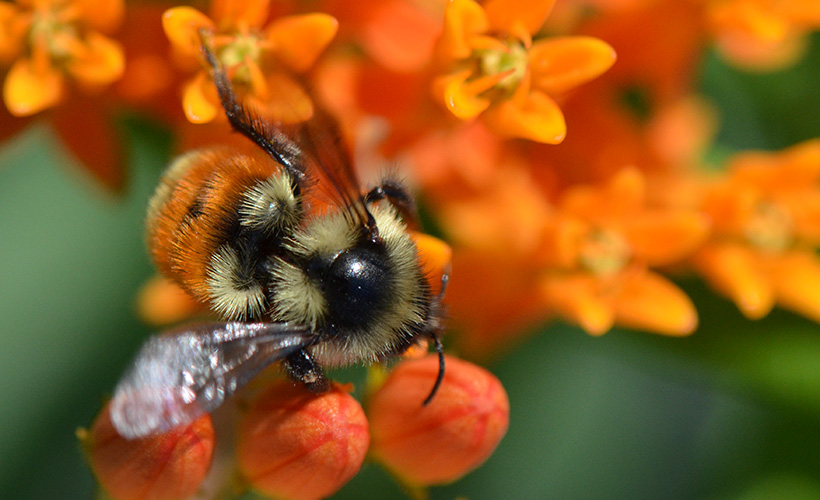The qualities of native plants that we love—their durability, beauty, biological value to other species—all are products of thousands of years of natural selection. The survivors define the species through their ability to adapt to conditions of their native habitat, co-evolving along with native wildlife.
Given the burgeoning popularity of native plants in recent years, it was inevitable that some plant breeders would begin to tweak aspects of their forms and functions. The large horticultural marketing gurus demand product uniformity as they prepare their “industrialized-native” plants for the mega-chain garden centers. Propagating plants to select for specific characteristics, such as flower size, leaf color or compactness of growth, yields cultivated varieties, or cultivars, which can reliably reproduce the targeted variation but reduce the ecological value and genetic diversity of the original. Altered popular wild-type native plants are called nativars.
These cultivars and nativars, which usually sport descriptive and colorful names after their botanical name, are now widely available. Buyers who are attracted by their splashy features may fail to consider the unintended consequences of the variations. Changes in blossom size and color can confuse or deprive nectaring and pollinating insects. Many cultivars are sterile, depriving wildlife of winter seed sources. Vegetative propagation produces identical clones, and repeatedly harvesting and re-sowing seed from the same cultivated varieties deprives the plant community of the genetic diversity and flexibility that should be its strength. We encourage growers to stay away from these cultivars and nativars in favor of true straight species of native plants.
In restoration work and native landscaping, we believe that alien species, naturalized species and cultivars should be avoided, particularly when they might contaminate native gene pools.
With the ever-widening array of true native plants available, why degrade the environment by displacing them with lower-value species?
Learn more about Nativars and Cultivars from the Wild Ones
